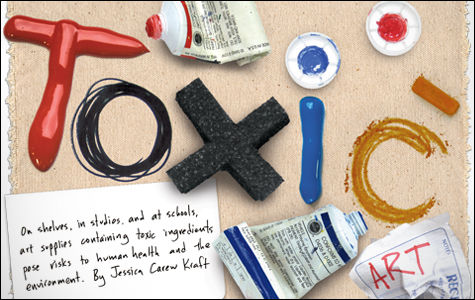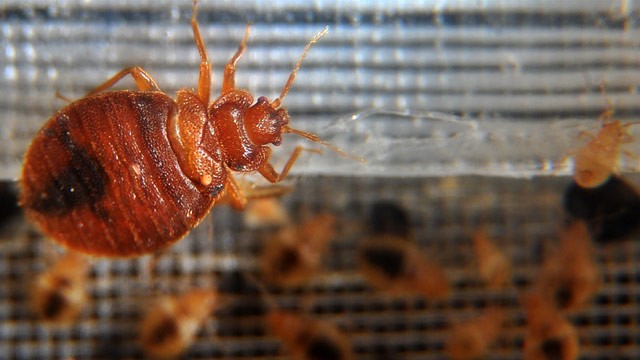In 1866, Russian scientist Alexander Saytzeff isolated a most curious and peculiar chemical compound. It was crystalline, odor-less, non-toxic and had a garlic-like taste when consumed. At the time, Saytzeff had no way to predict that his discovery was going to prove highly controversial throughout its entire medical history, that it was going to be tested in thousands of studies and provide miraculous relief for numerous patients.
I'm talking here about
dimethyl sulfoxide (DMSO), an organic sulfur compound which was used only as an industrial solvent, that is, until its medical properties were discovered in 1963 by a research team headed by Stanley W. Jacob, MD.
DMSO is a by-product of kraft pulping (the 'sulfate process') which converts wood into wood pulp leaving almost pure cellulose fibers. As industrial as it may sound, the process simply entails a treatment of wood chips with a mixture of sodium hydroxide and sodium sulfide, known as white liquor, breaking the bonds which link lignin (from the Latin word lignum, meaning wood) to the cellulose.
DMSO is useful as a pain reliever and also in burns, acne, arthritis, mental retardation, strokes, amyloidosis, head injury, scleroderma, it soothes toothaches, eases headaches, hemorroids, muscle strains, it prevents paralysis from spinal-chord injuries and softens scar tissues. In fact, it is useful in well over 300 ailments and is safe to use. You might think that a compound that has so many alleged uses and benefits should be automatically suspect, so let's have a close look at its properties and the data available and we'll shed some light in this miraculous chemical.

